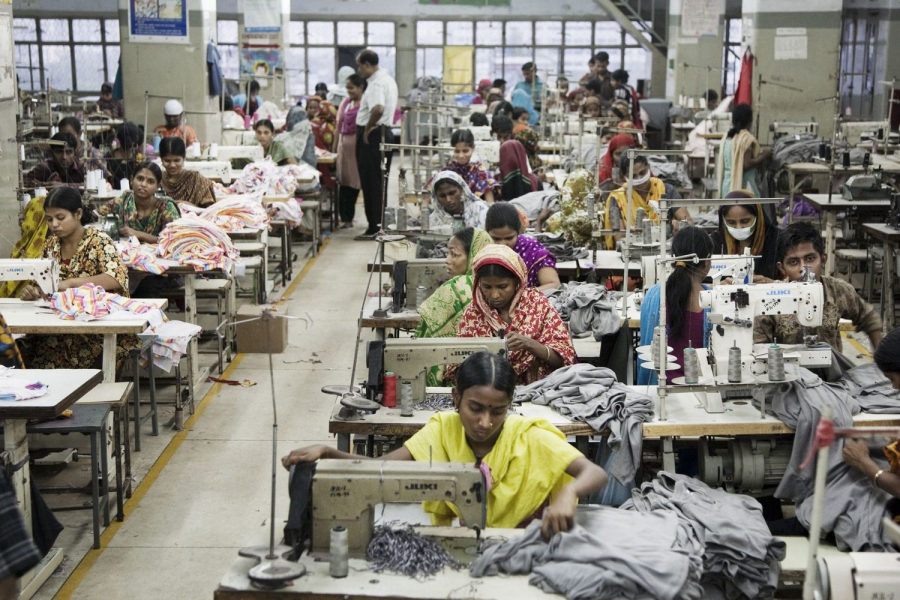The problem with the fashion industry
January 12, 2021
Nowadays, people are trying to be more careful with how they spend their money, due to increased awareness about how companies contribute to pollution and climate change. However, one sector that is often overlooked is fashion. The fashion industry accounts for 10 percent of the global carbon emissions; that’s more than the output of Germany, France, Australia and the U.K combined. It is the second largest polluter, following the oil industry. About 20 percent of industrial water pollution comes from the fashion industry, caused by textile dyes and cotton fertilizer being deposited into nearby rivers. Not only is the fashion industry detrimental to the environment, but there are large ethical concerns about workers rights. Safe factory conditions and adequate wages are not a guarantee, even in regards to large brand names.
Recently, bigger brands have supposedly become more transparent about their environmental impact and their work towards giving back to the Earth; however, it’s not as simple as it sounds. Many companies have made small steps towards sustainability, while avoiding any lasting, financially taxing impact. For example, Urban Outfitters has used their dedication to recycling materials as a selling point, but have yet to provide evidence that they have reduced textile production and hazardous materials waste. On the other hand, Lucy & Yak, a small UK business, uses low hazard dyes and eco-friendly materials from the start and has all of their clothes made by hand which reduces the environmental impact. An easy way to learn about what companies are doing is to search on GoodForYou.com, a website that ranks companies based on their environmental actions, labor practices and animal cruelty. While it can be a harsh metric, it’s a decent start, and has a nice collection of information.
Additionally, the fight for workers rights globally has continued. Oftentimes, production of clothes is outsourced to a different country in order to lower their overall costs. Many of these countries, like Myanmar, Bangladesh, China and many more, have minimal protective labor laws. The official minimum wage often is only ⅕ of what is considered the livable wage (which covers all basic needs) in that region. Some of the companies that use these “sweatshops” are fairly obvious: Forever 21 has always had ridiculously low prices and they achieve their margins by lowering the price of production. More reputable companies like H&M, Urban Outfitters, Adidas and Nike also stand accused of violating workers rights, and even using child labor. One company that has recognized the importance of an ethical supply chain since their founding is Patagonia. They’ve provided non-disclosure agreements to show their maintenance of human rights standards with factories and supply partners. Additionally, they’ve imposed a one percent tax upon themselves that directly goes to environmental nonprofit organizations. On their website, customers can learn more about their involvement in different levels of activism regarding climate change, workers rights and other social issues.
The fashion industry’s relationship with climate change and human rights is complicated, and it can seem daunting, but the most important thing is to remain mindful about what your money is supporting. Try and find a few companies that are transparent about what they are doing to give back to the planet and the people that work for them. Every purchase can make a difference. Companies need to be held responsible for their environmental impact, but they rely on continued support from their consumers. People who have the resources and opportunities to shop at different places should utilize their power and privilege for good.


